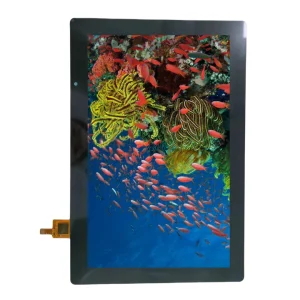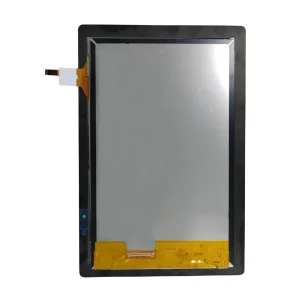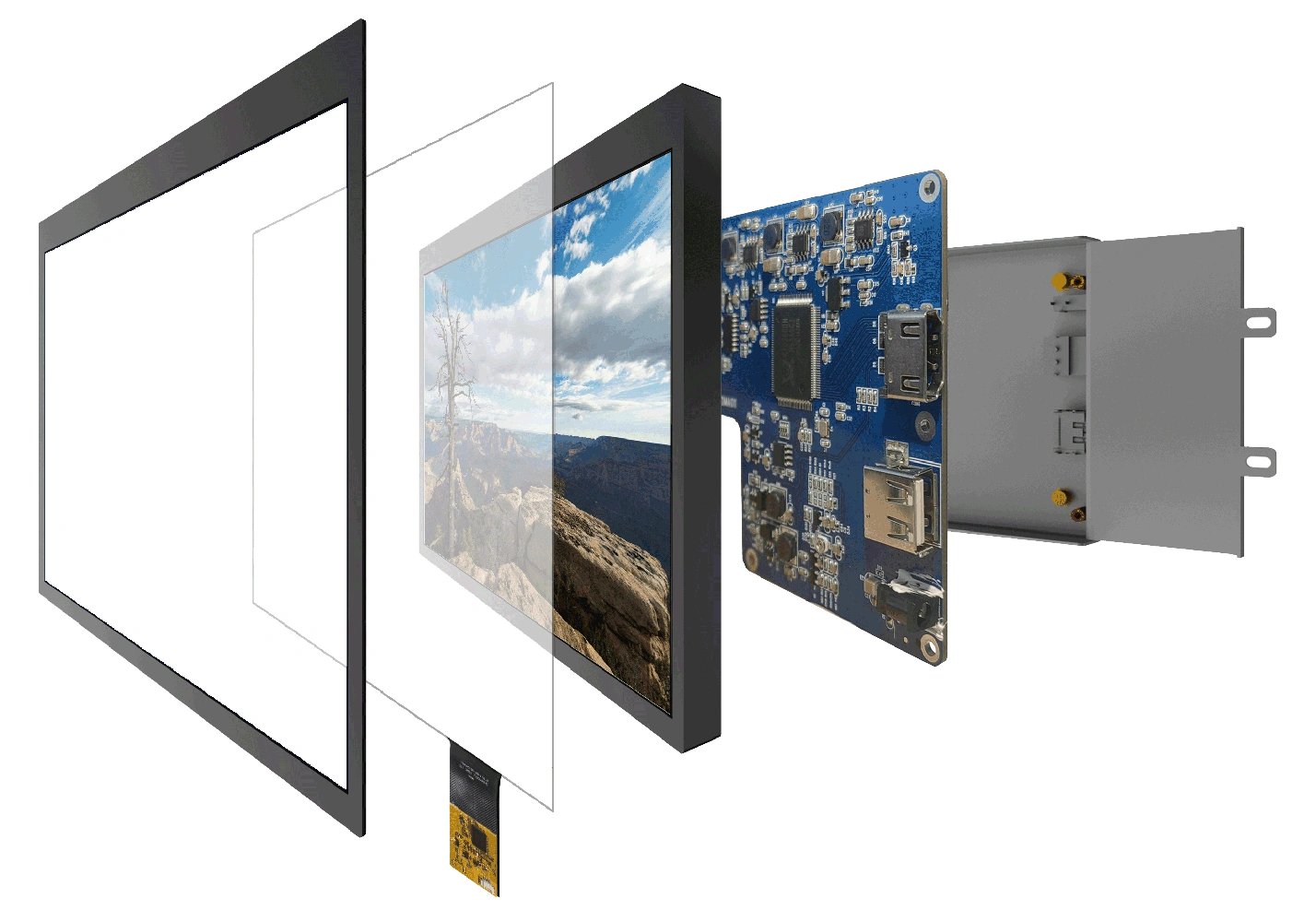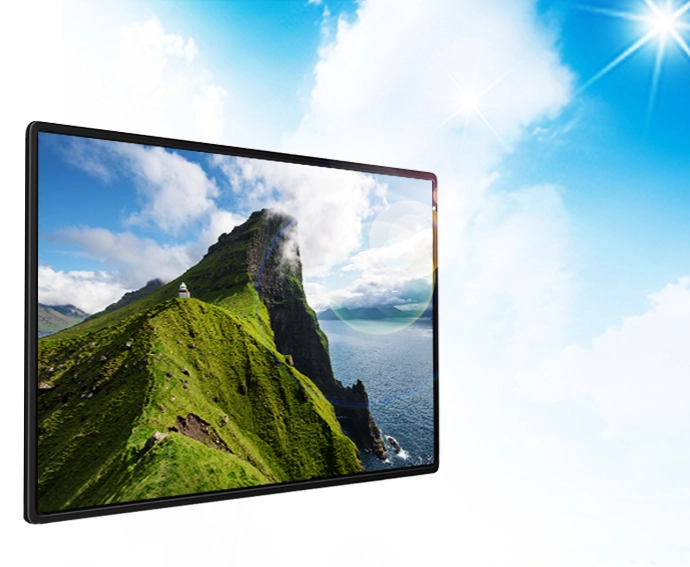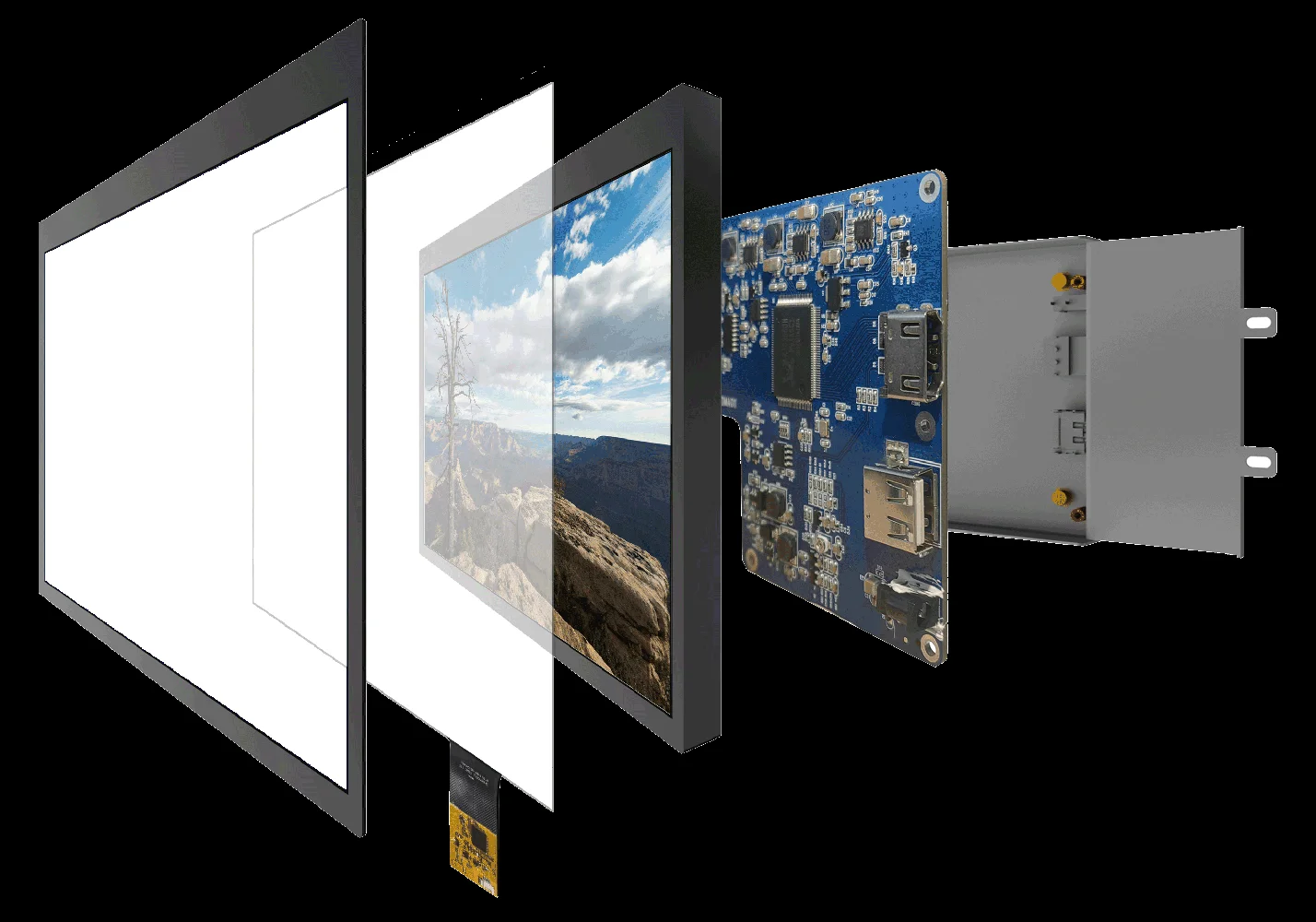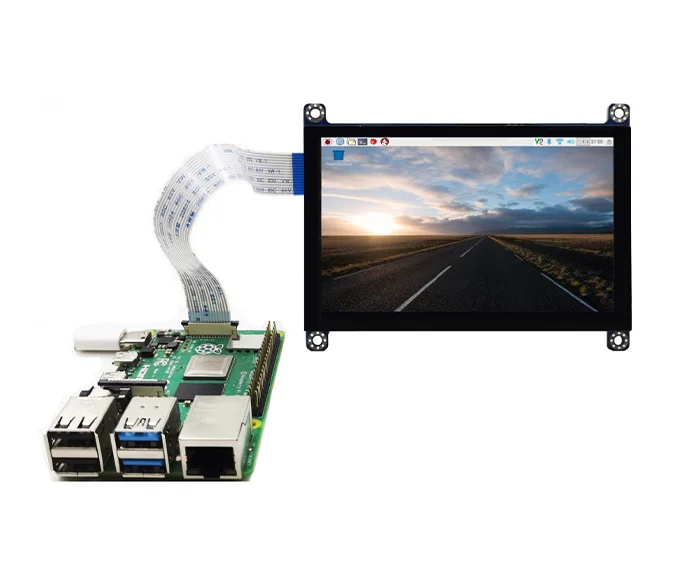In the realm of display technology, two names frequently surface: IPS (In-Plane Switching) and TN (Twisted Nematic). These technologies represent the core of LCD (Liquid Crystal Display) panels, each presenting distinct advantages and disadvantages. The question then becomes, which display technology is the right one for your unique requirements? This comprehensive guide will explore the nuances of IPS and TN panels, delving into their differences and helping you make an informed decision.
What Are the Core Differences Between TN and IPS Displays?
To understand which technology is best for your needs, it’s essential to grasp their fundamental differences. TN and IPS panels vary significantly in color accuracy, viewing angles, response time, and refresh rates.
How Do TN Panels Perform?
TN panels are renowned for their fast response times and high refresh rates. This makes them a popular choice among gamers seeking a competitive edge. However, TN panels often fall short in color accuracy and viewing angles. This can result in a less vibrant visual experience compared to other panel types.
What Are the Disadvantages of TN Panels?
- Color Accuracy: TN usually includes a limited color gamut, which results in less color accuracy. That means the colors may not look as vibrant or natural as they would with an IPS display.
- Viewing Angles:The TN panel does suffer from narrower viewing angles. On side views, the colors tend to shift and become distorted. That can be somewhat of a problem for collaborative work or if the screen is supposed to be viewed at different positions.
How Do IPS Panels Perform?
In contrast, IPS panels excel in color accuracy and viewing angles. They provide a more consistent and accurate display, regardless of the angle. This makes them ideal for tasks requiring accurate color representation, such as graphic design and photo editing. IPS panels typically have slower response times than TN panels, though advancements in technology are narrowing this gap.
What are the Advantages of IPS Panels?
Color Precision: The aim of IPS monitors is to achieve a wider color gamut, which ensures that they could display more varied colors. In this respect, it is very helpful to professionals who completely rely on accuracy in color representation.
View Angles: An IPS monitor would have wider viewing angles, making its image less deteriorated whenever viewed from one side. Useful if one needs to share a screen or use a device in various positions.
Visual Quality: IPS display usually possesses better visual quality compared to TN panels, thus getting along with multimedia consumption.
What are the Implications of Response Time and Refresh Rates?
Response time and refresh rate are well instrumental in gaming and the playback of video at high speeds. Both the factors define the smoothness and clarity of every motion of an image on the screen.
IPS vs. TN :How Do Response Times Compare?
TN Panels: Normally have faster response times of about 1ms, which can be suitable for fast-paced video gaming.
IPS Panels: Slower response time usually, about 4ms. Although recent advances in technology now allow faster response times.
What About Refresh Rates of IPS Panels and TN panels?
TN Panels: Higher refresh rates, such as 144Hz and above, which can be important for competitive gaming.
IPS Panels: Can be anywhere from 60-144Hz, though some higher-end models can compete with TN panels.
What Are the Cost Differences?
When considering your budget, it’s essential to know that TN panels are generally more affordable than IPS panels.
Why Are TN Panels Less Expensive?
TNs are also cheaper to make. That makes them a popular option for those on tight budgets or for people who need several monitors attached to their system. But although they are cheap, they display significantly lower performance and view quality.
Why Are IPS Panels Priced Higher?
Generally, IPS monitors tend to be pricier since they often are more costly to make, given the higher color accuracy, wider viewing angles, and generally better overall display quality. So, if quality in displays-like graphic design or photography-is what you want, then an IPS monitor is worth considering.
How Do Durability and Lifespan of IPS Panels and TN panels Measure Up?
Longevity of the screen is one main factor that will always be on the mind of any user. And based on various factors of durability, the two have with them several different disadvantages and advantages.
What Are the Durability Factors of IPS Panels and TN panels ?
IPS Panels : Acclaimed for good color accuracy and wide viewing angles, which can lead to susceptibility when it comes to image retention or burn-in.
TN panels: Much faster, and somewhat cheaper, but aren’t able to claim the exact color accuracy/viewing angles.
How Resistant are IPS Panels and TN panels to Physical Damage?
With this in perspective, they are well-set regarding inflection by mechanical forces; the same impacts occur, since there may be external trauma to any monitor. An important point when looking at lifespan for an IPS/TN panel – neither would have substantial difference with life if treated nicely and kept appropriate.
What are the Ideal Use Cases for TN and IPS Panels?
There’s so much bias that surrounds TN and IPS displays, and your decision to choose either largely depends on what you want to use the display for.
When are TN Panels the Best Choice?
Gaming: TN panels have been the top of most pro gamers’ lists because of their response and refresh rate.
Budget-conscious users: If you value saving money more than anything, then you should opt for a TN panel.
Industrial Applications: TN panels may be better suited for a few industrial applications that require fast display responses.
When are IPS Panels the Best Choice?
Professional Work: Graphics design, photo editing, and other color-critical jobs really do need an IPS panel simply because it shows color far more accurately. ·
Multimedias Consumption: If you are into good visual experiences while watching movies or browsing, then IPS panels will serve well.
General Use: The IPS is quite good for general use because of the great comfort of viewing with good color accuracy.
IPS vs. TN: Which One Should I choose?
In the end, it all comes down to your needs and priorities: TN versus IPS. If you are a gamer who has a great interest in ultimate speed and can be okay with color accuracy being somewhat secondary, then the TN panel will be better suited to your needs. But if you’re into graphic designing, photography, or almost anyone in need of color accuracy and wide viewing angles, the IPS panel would be more to your liking.
Kadi Display: Elevating Your Visual Experience
Kadi Display has been a professional manufacturer in the display industry for the last twenty years. Its products include but are not limited to TFT-LCD, TFT-Touch, and AMOLED. If you are looking forward to a high-IPS display that can deliver outstanding color representation with wide viewing angles, then consider Kadi Display. Their displays are designed for different industries’ needs.
Kadi Display offers you a choice of IPS and TN technology in the display. Besides, the company is fully committed to its customer-oriented approach in providing its services. Based on professional technology, Kadi Display may offer solutions in making your products different from others. Besides, your development will proceed much faster now. They sell various sizes and resolutions. The company tries to offer qualified goods. Add value to your products with our reliable advanced display technologies here at Kadi Display.
Knowing the differences between TN and IPS will help you find a display that better suits your particular needs and elevates your viewing experience. Be it for gaming, where quick response times are important, or professional work that requires color accuracy, the right choice can make all the difference in your user experience.
Latest Blog & News
- Capacitive vs. Resistive Touch Screens: A Complete Guide to Differences, Advantages, and Applications
- How Does a Reflective LCD Display Work? A Comprehensive Guide
- What Causes Lines in LCD Display Modules? (And How to Fix Them)
- What is the difference between Edge-Lit and Full-Array Local Dimming?
- Why Is AOI So Important for FOG Bonding?







